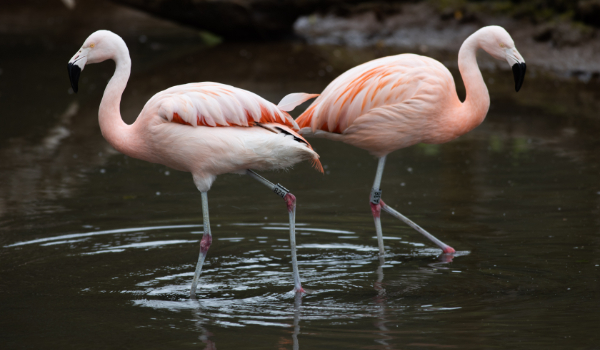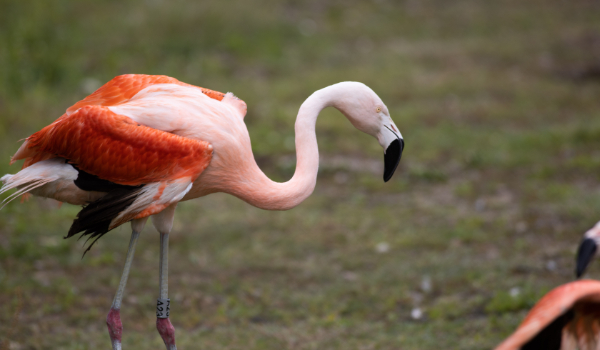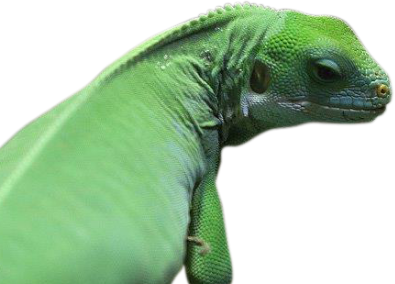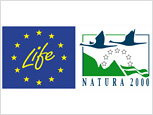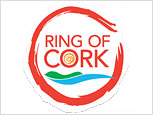Chilean Flamingo
KEY FACTS
-
LATIN NAMEPhoenicopterus chilensis
-
BIOMEWetlands
-
CLASSBirds
-
ORDERBird
-
CONSERVATION STATUSNear Threatened
COME AND FIND ME AT..
the back of Seal and Eagle Habitat

About the Chilean Flamingo
A wondrous sight, the Chilean Flamingo’s unique pink colouring makes it one of the world’s most recognisable creatures. Standing over a metre tall and with a wingspan of up to 100cm, its bill is a highly-sophisticated filter pump that specialises in catching the tiny shrimp responsible for giving the bird its colouring in the wild. A special pigment is manufactured into its food in captivity – otherwise the bird would be a dull buff colour.
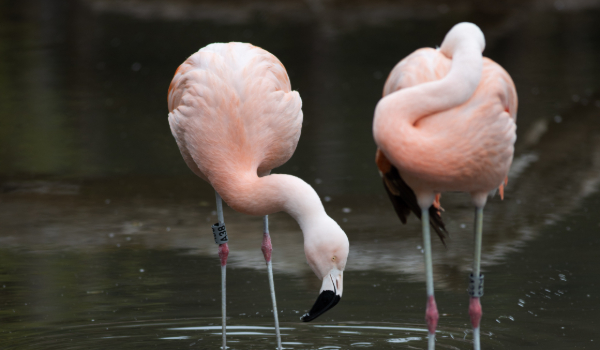
Habitat
The Chilean Flamingo is very social and lives in flocks of up to several thousand individuals in temperate South America – from areas in Peru, southern Argentina, Chile, parts of Bolivia, Paraguay to southern Brazil. It is found in shallow water areas such as estuaries, lagoons and salt lakes, and is usually surrounded by lots and lots of mud.
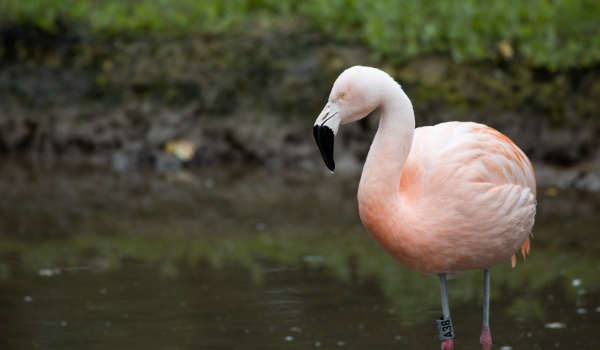
Wild Notes
Collective displays of a series of postures and movements are seen in the months before breeding in an effort to synchronise the process as much as possible. Nests are made by building a large pile of mud around one single egg, which is incubated for around thirty days by both parents. Otherwise, the bird spends much of its day preening because of the saline conditions of its habitat and sleeps standing up.
Conservation
Listed as Near Threatened, approximately 200,000 birds are estimated to live in the wild. Threats include egg harvesting and hunting as well as disturbance and degradation of habitat.
Did You Know?
The flamingo has the longest neck of all birds in comparison to its body. It has 17 vertebrae and is often seen standing on one leg, though experts are uncertain if there is a functional reason for this or if they simply do it for comfort. It is also a noisy bird – honking, grunting and growling to communicate or show aggression.
The Fota Connection.
Salt water from Cork Harbour helps provide Fota’s flamingo flock with the best possible habitat within the Park. The bird is prone to having lesions or Bumblefoot in captivity when housed in fresh water habitats; however, Fota Island’s location means its Chilean flamingoes not only live in a very appropriate natural environment, they can also fish and supplement their own diet.
The Park hand reared two chicks brought down from Dublin Zoo in 2011 and hopes to expand its flock further in the future.
